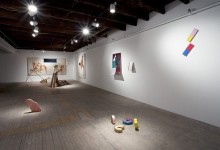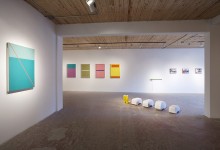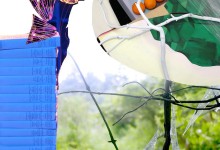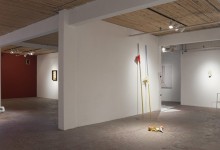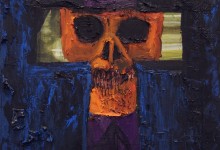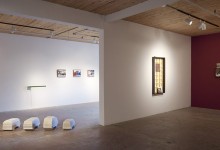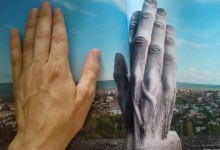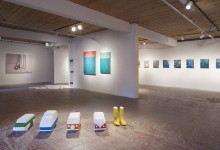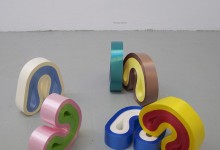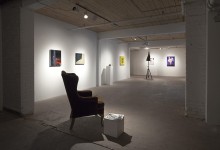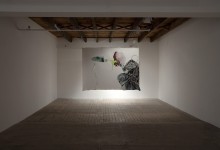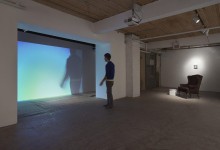Commissaires, curators : Nicolas Grenier & Annie Hémond-Hotte
May 14 – June 18, 2011
This exhibition presents both converging and diverging ideas among a group of young artists whose works address, directly or indirectly, the practice of painting. As painters ourselves, our interest here is personal, and arises from the distinctive sets of issues, problematics, and narratives that we discovered during and after our graduate studies in Los Angeles and London, respectively. In curating this broad range of works by artists from across Europe and North America, we mean to explore one question: Does the relevance of painting today depend on the medium itself, or on the dialogue it entertains with other disciplines and discourses?
Since the mid-19th century, through modernism and on into postmodernism, painting has tended to redefine itself on the grounds established by its own history. On the other hand, media that emerged over the same period – lens-based media, audio recordings, and digital media – are designed to register the input of the external world. Rooted in communication technologies and closely tied to language, these new media were quickly adopted by conceptual art in service against everything that painting, and abstract expressionism in particular, had come to represent: an utterly self-centered and rather macho subjectivity materialized in the form of big, saleable objects.
Things have obviously changed since then, and the rhetoric has cooled on both sides. Yet there remains a gap between painting and anything remotely “conceptual,” as if these respective histories never mixed. Painting is still seen as an isolated, insular discipline with its own particular language and history, setting painters apart from other contemporary artists whose practices are based in the legacy of conceptual art, and whose works speak the multiple languages of the media they use. Indeed, this idea of media as tools (as opposed to as a finality, as painting is for the painter) has granted a variety of artists the freedom to draw from the history of painting without feeling obligated to reinvent an old medium. What would be considered retrograde for a painter becomes a new approach for, say, video installation. Ironically, in being so freely borrowed, painting has continued to evolve outside the medium proper. It isn’t surprising to find many installations, digital prints, videos, or even Internet-based works that address issues specific to painting – more directly than many actual paintings. At the same time, many painters, from Andy Warhol to Gerhard Richter to Martin Kippenberger, have ventured past the boundaries of their discipline to explore more conceptual territory. Yet these boundaries remain thorny enough for artists, scholars, and critics alike to keep entangling their feet.
As artists and curators, our respective views on painting could hardly come from more distant ends of the spectrum. But we share the same history, and the same interest in questioning the conservative notion of painting’s alienation. Is it possible to consider painting not so much as a strict discipline defined by the use of paint, but rather as a set of characteristics, issues, problematics, and ideas – belonging to a sometimes exclusive, sometimes shared history – regardless of the medium?



